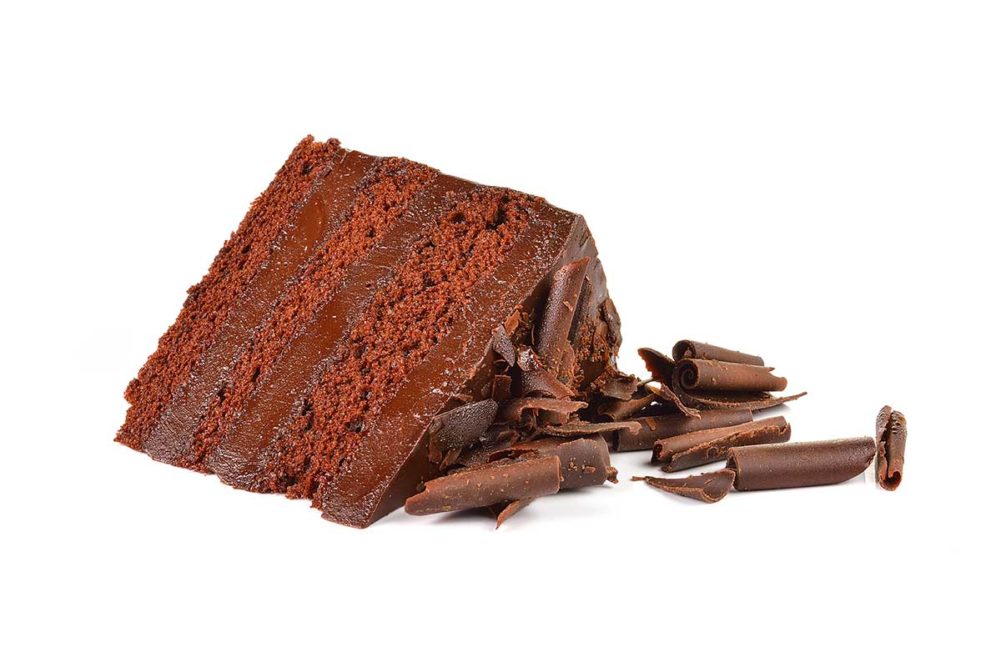While today’s starch supply is more stable than the past three years, bakers could look to change up their starch ingredients for other reasons such as cleaning up their ingredient list. In the event that a baker does need to make a change, ideally the replacement will mean little to no changes in the existing formulation.
“If it’s the right replacement for the product, the adjustment is none or minimal, mainly the water, heat and maybe mixing time,” said Tanya Jeradechachai, vice president of research and development, MGP Ingredients. “If it’s the incorrect replacement, it will require several changes to the formulation; you will be altering other ingredients and processing parameters to accommodate the starch.”
Switching from modified to native starch or vice versa, however, might require significant changes as they each have very different functionality in the bakery product.
“Each starch, modified or native, has its own recommended procedure of how to use it and the functionality it brings to the product,” Ms. Jeradechachai explained. “The amount of liquid, the time and temperature required before it can function will all change based on the modifications.”
When swapping starch ingredients, it’s important to understand a starch’s gelatinization rate and temperature. That pre-work will allow formulators to adjust the dosage or process and optimize the gelatinization.
“This will allow you to get the most impact from your ingredient,” explained Brook Carson, vice president, R&D, Manildra Group USA. “For example, if you are moving from a starch that gelatinizes at 60°C to 70°C you will want to ensure you are reaching that temperature at the appropriate time in your process.”
These adjustments on the processing side can optimize the new starch ingredients — or combination of starches — and may be needed to accommodate some functionality loss.
“In cakes, for example, starch allows you to achieve the right bake height in pans and prevents boil overs during baking,” said Shiva Elayedath, principal technical account manager for starch, Cargill. “Remove the starch, and you’ll need to mitigate those factors, too.”
He also pointed out that any adjustments made on the formulation side might also have an impact on the label … and not just from the perspective of native vs. modified.
“An increase in sugar, for example, will need to be reflected on the Nutrition Facts Panel,” he said.
This article is an excerpt from the November 2023 issue of Baking & Snack. To read the entire feature on Starches, click here.





